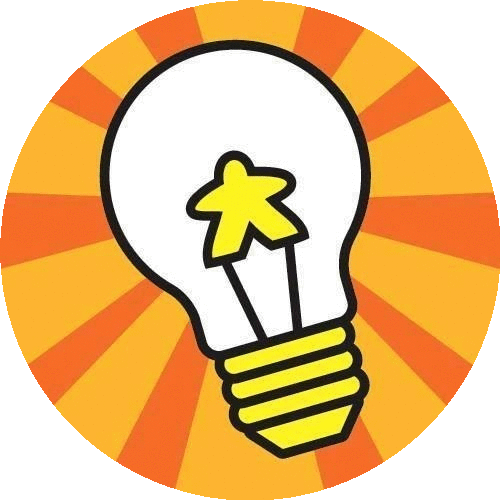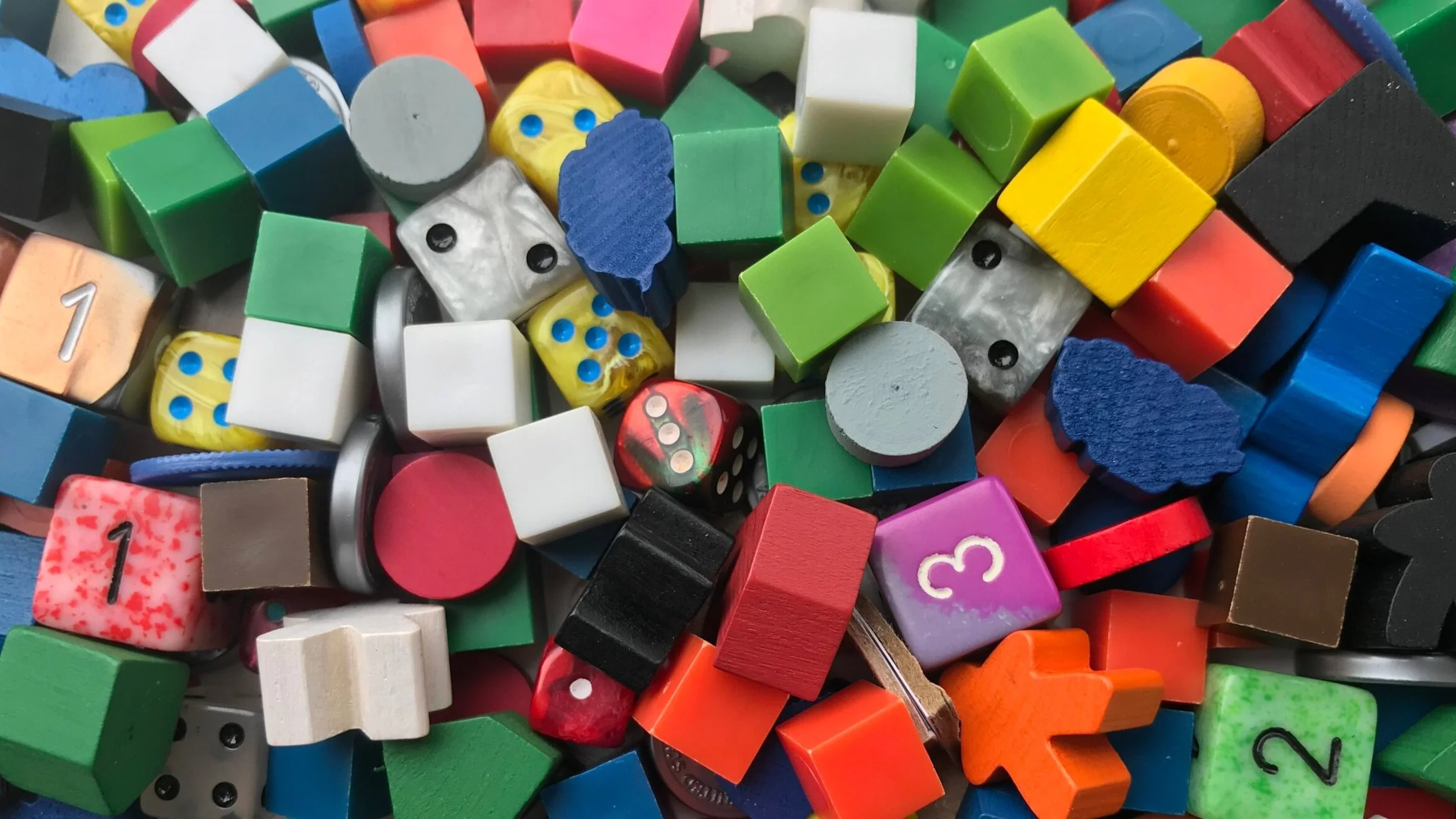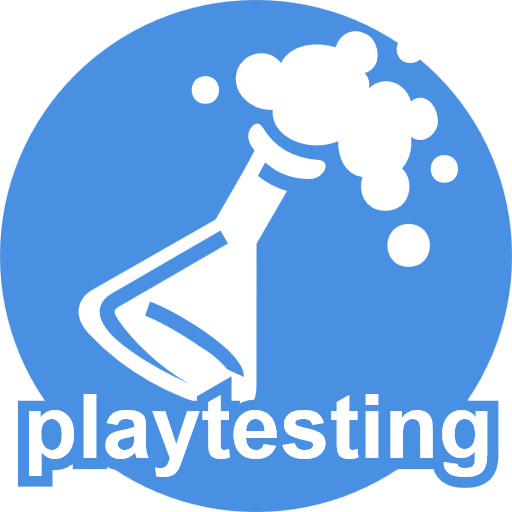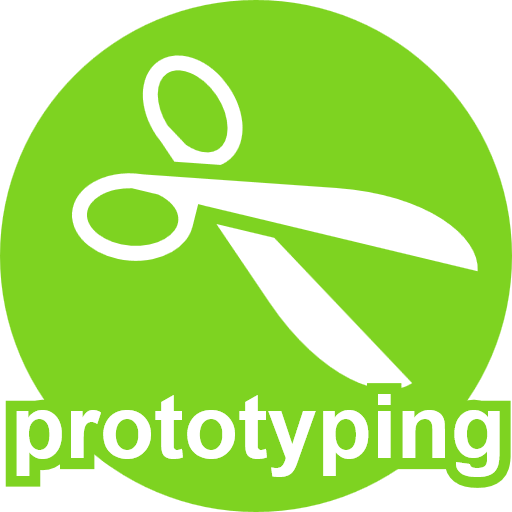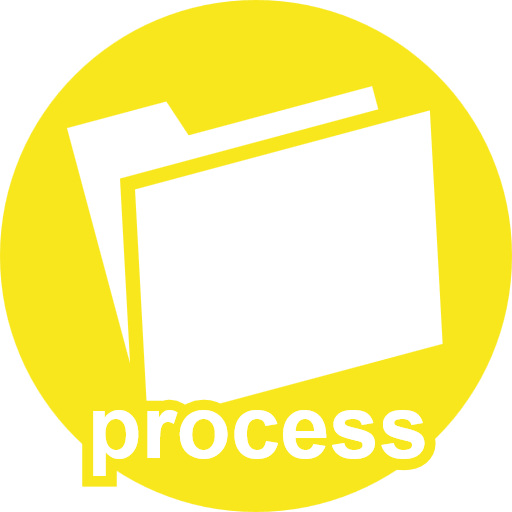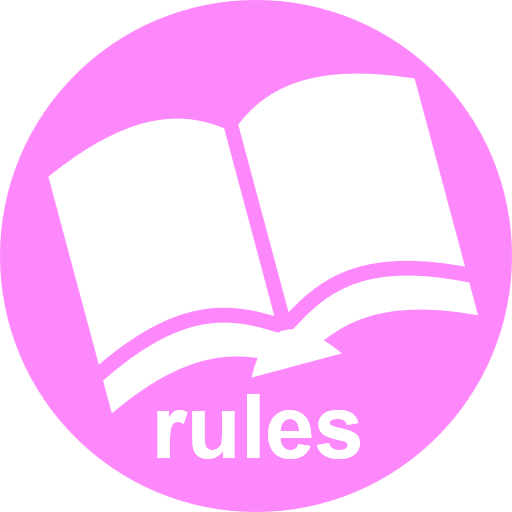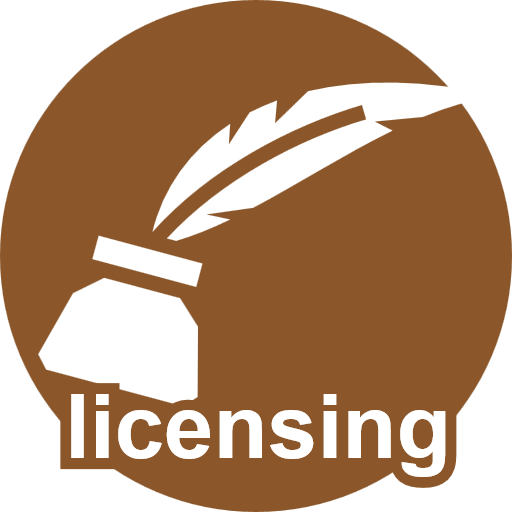The Process: Scoville by Ed Marriott
/In The Process, board game designers walk us through the process of creating their game from start to finish, and how following their path can help others along theirs.
In this installment, Ed Marriott describes how he created Scoville, including how networking led to a publishing contract, finding an incentive to encourage player behavior, the value of public playtesting, and more.
Process
Back in the fall of 2012 I was basking in the enjoyment of having attended my first Gen Con and meeting tons of awesome people, designers and publishers. It was after Gen Con 2012 that I submitted my first game design to a publisher, but we don’t really talk about that. Well, no one except my mom talks about that one.
After Gen Con 2012 I was inspired by a particular designer and a particular publisher. I won’t name names because it’s not necessary here, but needless to say I rode the wave of inspiration and it gave me Scoville. One of the big tips was that I should get on Twitter and start following designers and publishers. I joined and met (virtually) a ton of great people who I now know in real life. Through those awesome Twitter people I learned a bunch about game design, the game industry, people’s personal opinions about games, and more.
I had been brainstorming themes for game designs and was coming up with all sorts of things. I was also currently designing a game about beavers building dams and another game about the Fort Union Trading Post. But then I came upon the Scoville Scale. While I’m not a hot pepper kind of guy I was fascinated by the science behind cross-breeding peppers resulting in hotter and hotter peppers. With the idea firmly planted, I set out on putting the design together.
So I came up with the concepts for Scoville where players would cross-breed hot peppers and work toward meeting the town of Scoville’s need for heat! That meant I needed a way for players to use hot peppers in the game. The result was a Farmer’s Market and a Chili Cook-off.
The Takeaway: Network! Get on Twitter. Go to designer conventions like Protospiel or Unpub. Go to game conventions. Meet designers and publishers and learn what they do well. Check if your local game store has any game designer days where you can playtest your games.
Scoville's first playtest
Theory
When I first started working on the cross-breeding concept in September of 2012 I thought it would make a great card game. So I had a concept where you would collect three cards of a kind. Then you could turn those in for a hotter pepper card. Through a long series of trading up like that you could get access to the hottest peppers.
That would have been a really boring game. So I needed a better way to have players obtain peppers. Around Christmas 2012 I came up with the pepper field idea where players would walk their farmer through the field to cross-breed peppers. I had a few variations for how it might work but I settled on the simplest one. Each turn players plant peppers in the field. Then their farmer earns cross-bred peppers as they walk between the pepper plots.
Now I had the main game mechanic for obtaining peppers and had to figure out the most fun and rewarding things for players to do with those peppers. So I came up with the Farmer’s Market and Chili Recipe concepts. The Farmer’s Market serves as short-term strategy goals as well as a timer for the game, and the chili recipes serve as long-term strategy. I also added an auction that would reward players with a pepper or peppers and would serve to modify the turn order. With those main elements in place the game was ready for prototyping and playtesting.
The Takeaway: Games are meant to be fun and social. Find a theme or a mechanic that you enjoy and make it into a game!
Prototyping
In the game there have to be a lot of peppers. What better thing to represent peppers than plastic cubes?!? So I bought a big tub of cubes. I also was learning to use the vector graphic software Inkscape. This would prove exceedingly useful for the prototype.
Early on I would print my artwork on paper and glue it to cardstock. I found this was not a good method because the glue, from a glue stick, would cause the final product to warp. So I figured I needed thicker cardboard and learned you can buy matte board remnants at Hobby Lobby for pretty cheap. I’ll bet you could get remnants from other places that frame pictures as well.
The best way to learn about how I made my Scoville prototypes is to read my blog article about it on BoardsandBarley.com: “Prototyping Techniques Applied to Scoville.” If you don’t want to jump to my site here’s the brief version:
Make prototype art (this can include Sharpies on cardstock)
Print, glue, cut. Print the artwork, glue it to matte board or chit board, cut it to size.
Gather non-printed components like meeples, money, cubes, etc.
Another potentially enjoyable read if you are a game designer looking to make your own prototypes is my article, “Game Design: Starter Prototyping Tools.”
The items I use the most for prototyping are my rotary cutter, glossy photo paper, glue sticks, and blank cards. Meeples, dice and cubes are readily available for purchase at a bunch of places.
The Takeaway: It doesn’t matter if it is ugly or pretty, just make a prototype and get it ready for playtesting!
Playtesting
After making the prototype I was so pumped to get the game to the table and see what it really was like. I remember I didn’t have the right color cubes to represent the peppers so I used pink for the gold peppers (gold peppers are now the Phantom peppers). My friend Jeremy came over to test the game. I taught him the rules quickly and we set out on a great adventure. That was Jan. 11, 2013. The playtest went brilliantly.
However, over the course of the first dozen or so playtests I found that players would hoard the hotter peppers (brown, white and black). I had to figure out a way to incentivize players to get them to plant those peppers. I wanted something that would fit thematically since the theme is huge in this game. So it was time to call in the Town Mayor.
At that point I added the bonus plaques from the Town Mayor. These worked extremely well, fit thematically, and served their purpose to get players to plant those peppers. The main result I was after was to get spots on the board that would produce hotter peppers sooner in the game.
I was very grateful that my regular gaming group was happy to test the game for me. Over the course of two months it was tested 20 times! I received some excellent feedback as well. One of the key issues early on was how the auction operated. It was set up that the highest bidder would move into the first spot in the turn order. This was bad, though, since it would provide an incentive for people to NOT bid if they wanted to harvest first. So my friend David recommended that the auction become a “buy your spot” auction where the highest bidder would choose their spot in the turn order. This was the perfect change for the auction because of the value that harvesting first holds. So I was very pleased with people being willing to playtest and with the feedback I received.
In March of 2013 I thought I had a fun game on my hands but I went to Protospiel-Milwaukee with the goal of “validating” the design. I wanted to know if people who were not my “friends” thought the game was fun. I hadn’t yet applied the auction change because I wanted to know if I would get the same feedback. I did. No one liked the old auction. So overnight I implemented the auction change and got a couple repeat testers the next day who thought the auction was drastically better. That was fantastic, and I highly recommend you attend a Protospiel event as a designer.
The Takeaway: Playtesting teaches you about your game in a very tangible way. Get the game to the table, seek feedback, and figure out the best way to apply that feedback to make your game better.
Licensing
My publisher is Tasty Minstrel Games. I had attended Gen Con 2012 with one of my goals being to meet Michael Mindes, founder of TMG, and pick his brain about game design. I managed to meet Mindes, and he was very helpful in guiding me in the world of game design. After Protospiel-Milwaukee, Mindes requested a prototype of Scoville, and I was elated to send him one. Networking pays off, people!
A few months later I was chatting with the TMG team and they mentioned that they and their playtesters liked the game and they were going to send me a contract. I don’t think I stopped smiling for like a month. I couldn’t believe it. I was so excited!
As for the contract I had done some research about what is good and bad in terms of royalties or whatever. I had a lawyer friend look it over to make sure it seemed solid. I did request a couple of changes to the contract that would allow me direct access to the games if I needed, but otherwise I was very happy to sign on the line. My dream was coming true!
The Takeaway: I didn’t have to pitch because I already had a relationship with the publisher. Networking is valuable.
About Ed Marriott
I am a Wisconsin native. I am married with three little kids who do their best to make sure I am too tired at night to get any game design done. I’m a nuclear engineer working on fusion reactor design. I got into game design because I started playing a lot of great games and thought that maybe I could design one myself.
My first game design was a worker placement game called Microbrew about running your own microbrewery. I’ve learned so much since then. I’ve gone through a whole bunch of game design concepts and have learned the value behind trashing your ideas.
I have two current projects, Ziggurat and Raising Atlantis. These are both in the playtesting phase and I’m looking forward to developing them further. I also have many previous game designs that I’ve abandoned for one reason or another. These include Conclave, Brooklyn Bridge, The Grand Illusion, Impossible, Trading Post and more. It’s easy to come up with concepts, but it’s difficult to turn them into fun games that work well.
For more info about me and my game design stuff check out my blog: boardsandbarley.com.
Cardboard Edison is supported by our patrons on Patreon.
SENIOR INVENTORS: Steven Cole, John du Bois, Richard Durham, Peter C. Hayward, Matthew O’Malley, Isaias Vallejo
JUNIOR INVENTORS: Ryan Abrams, Luis Lara, Behrooz Shahriari, Aidan Short, Jay Treat
ASSOCIATES: Robert Booth, Doug Levandowski, Aaron Lim, Nathan Miller, Marcel Perro, Matt Wolfe
APPRENTICES: Kevin Brusky, Kiva Fecteau, Scott Gottreu, Michael Gray, JR Honeycutt, Scott Martel Jr., Mike Mullins, Marcus Ross, Sean Rumble, Diane Sauer
